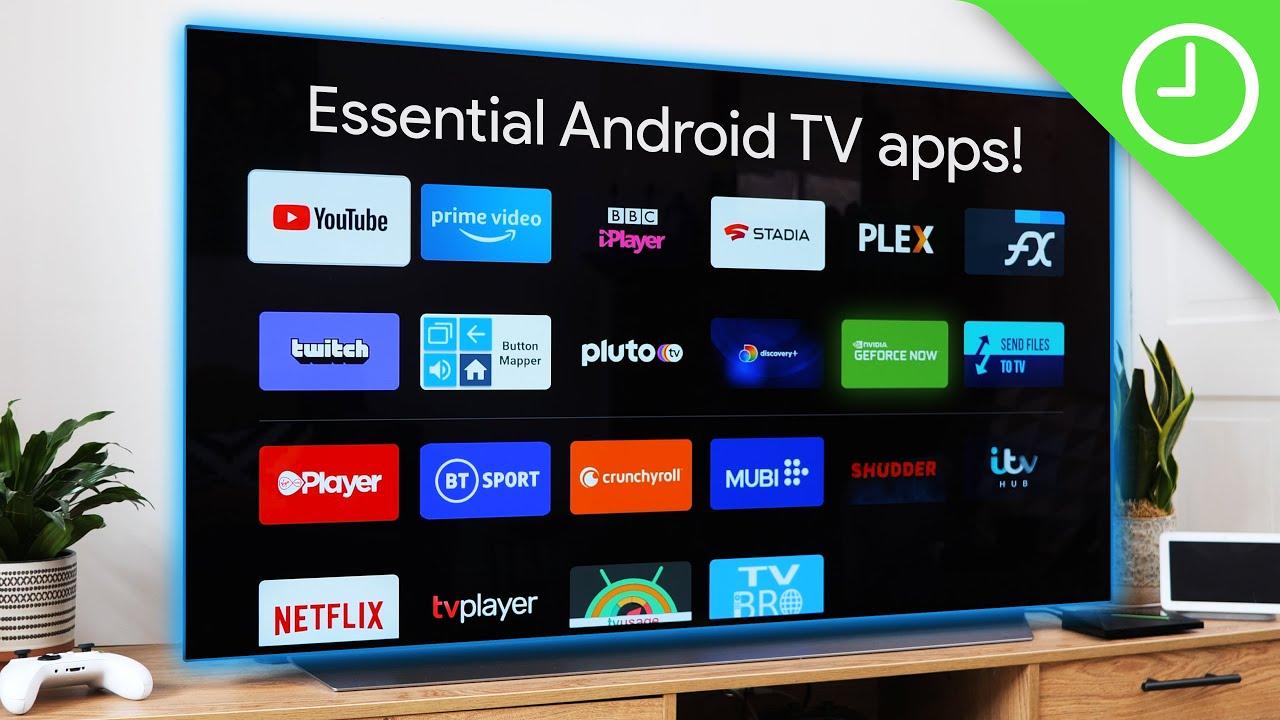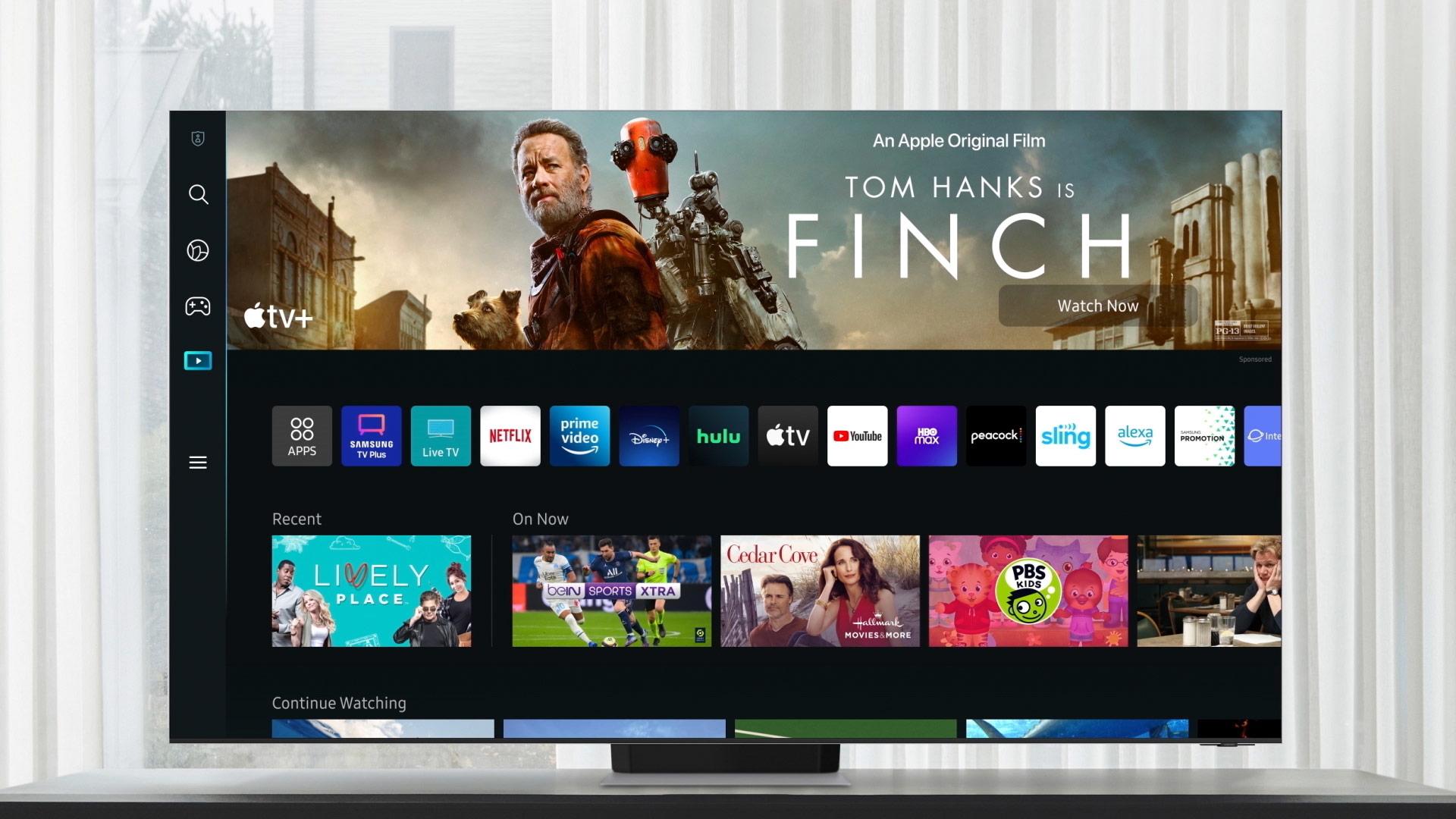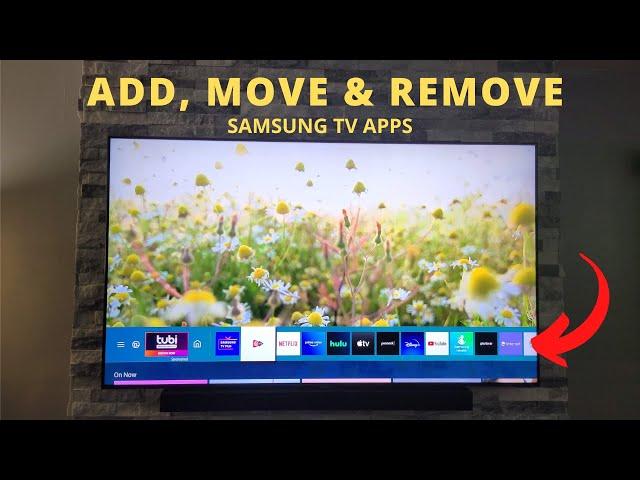In the rapidly evolving landscape of home entertainment, the choice between utilizing a smart TV’s built-in apps and opting for standalone streaming devices has become a pivotal consideration for consumers. As technology advances, smart TVs have increasingly integrated robust app ecosystems, promising convenience and streamlined access to popular streaming services. However, standalone devices such as Roku, Amazon Fire Stick, and Apple TV continue to offer compelling features and dedicated performance that appeal to discerning viewers. This article delves into the capabilities and limitations of both platforms, providing an analytical comparison to help consumers make informed decisions about their entertainment setups. By examining factors such as user experience, app availability, performance, and future-proofing, we aim to unravel whether smart TV apps can truly stand toe-to-toe with their standalone counterparts.
Comparison of Smart TV App Performance and Standalone Streaming Devices
When evaluating the performance of built-in apps on smart TVs versus standalone streaming devices, several factors come into play. Processing power is a significant consideration; standalone devices often feature more robust hardware specifically optimized for streaming tasks, resulting in faster load times and smoother navigation. In contrast, smart TVs may prioritize display technology over processing speed, potentially leading to lag or slower response times.
- User Interface: Standalone devices typically offer a more refined and intuitive user interface, benefiting from frequent updates.
- App Availability: While most smart TVs support popular apps, standalone devices often have a broader app ecosystem.
- Software Updates: Standalone devices are updated more regularly, ensuring compatibility with the latest streaming services and features.
Ultimately, the choice between using a smart TV’s built-in apps and a standalone streaming device hinges on personal preference and specific needs. For those seeking the latest features and seamless performance, standalone devices may have the edge. However, for users who prioritize convenience and integration, the built-in apps of a smart TV could suffice.
User Experience and Interface: A Detailed Examination
The user experience of a smart TV’s built-in apps often hinges on the integration and fluidity of the interface. These apps are typically designed to seamlessly fit within the TV’s ecosystem, offering a consistent look and feel that aligns with the device’s overall design. Key advantages include:
- Unified Interface: Built-in apps usually share a common interface style, reducing the learning curve for users.
- Remote Control Optimization: Many smart TVs tailor their remote controls for easy navigation through apps, enhancing user interaction.
However, standalone streaming devices frequently outshine built-in apps with their specialized features and faster updates. These devices often provide:
- Advanced Search Capabilities: Enhanced search functions that can span across multiple apps and services.
- Regular Software Updates: More frequent updates ensure the latest features and security enhancements are available.
Ultimately, the choice between a smart TV’s built-in apps and a standalone streaming device may come down to personal preference and specific user needs, such as the importance of a cohesive interface versus the desire for cutting-edge features.

Content Availability and App Support: A Comprehensive Analysis
When it comes to content availability and app support, smart TVs often boast a wide array of pre-installed apps, catering to mainstream services like Netflix, Hulu, and Amazon Prime Video. However, these built-in apps can sometimes lack the frequent updates that standalone streaming devices receive, potentially affecting performance and user experience. This discrepancy is partly due to the diverse range of TV operating systems, which may not prioritize the latest app enhancements. Conversely, standalone devices like Roku, Apple TV, and Amazon Fire Stick typically support a broader selection of niche apps and channels, ensuring that users have access to a more extensive library of content.
- Smart TV Pros:
- Integrated apps for major streaming platforms
- Convenience of a single device
- Smart TV Cons:
- Infrequent updates
- Limited app ecosystem
- Standalone Device Pros:
- Regular software updates
- Expansive app availability
- Standalone Device Cons:
- Requires additional hardware
- Potential setup complexity
In essence, while smart TVs offer the convenience of integrated systems, standalone streaming devices often excel in providing a richer and more versatile content experience. The decision between the two ultimately hinges on individual preferences for convenience versus content diversity.

Recommendations for Choosing Between Smart TV Apps and Streaming Devices
When deciding between a smart TV’s built-in apps and standalone streaming devices, consider the following factors to make an informed choice:
- Performance: Streaming devices often offer faster processing speeds and more frequent updates, which can lead to smoother navigation and improved app performance. If speed is crucial, a dedicated device might be preferable.
- App Availability: Smart TVs typically have a limited selection of apps compared to the extensive libraries found on streaming devices like Roku or Apple TV. For those who want a wide variety of niche apps, standalone devices may offer a better selection.
- Cost and Convenience: While smart TVs provide an all-in-one solution without additional hardware, streaming devices are often more budget-friendly and can be easily replaced or upgraded. Consider whether the convenience of fewer devices outweighs the potential benefits of external options.
- Integration and Features: Many streaming devices offer features such as voice control, advanced search capabilities, and integration with smart home ecosystems. If these features align with your needs, they might tip the balance in favor of a standalone device.



